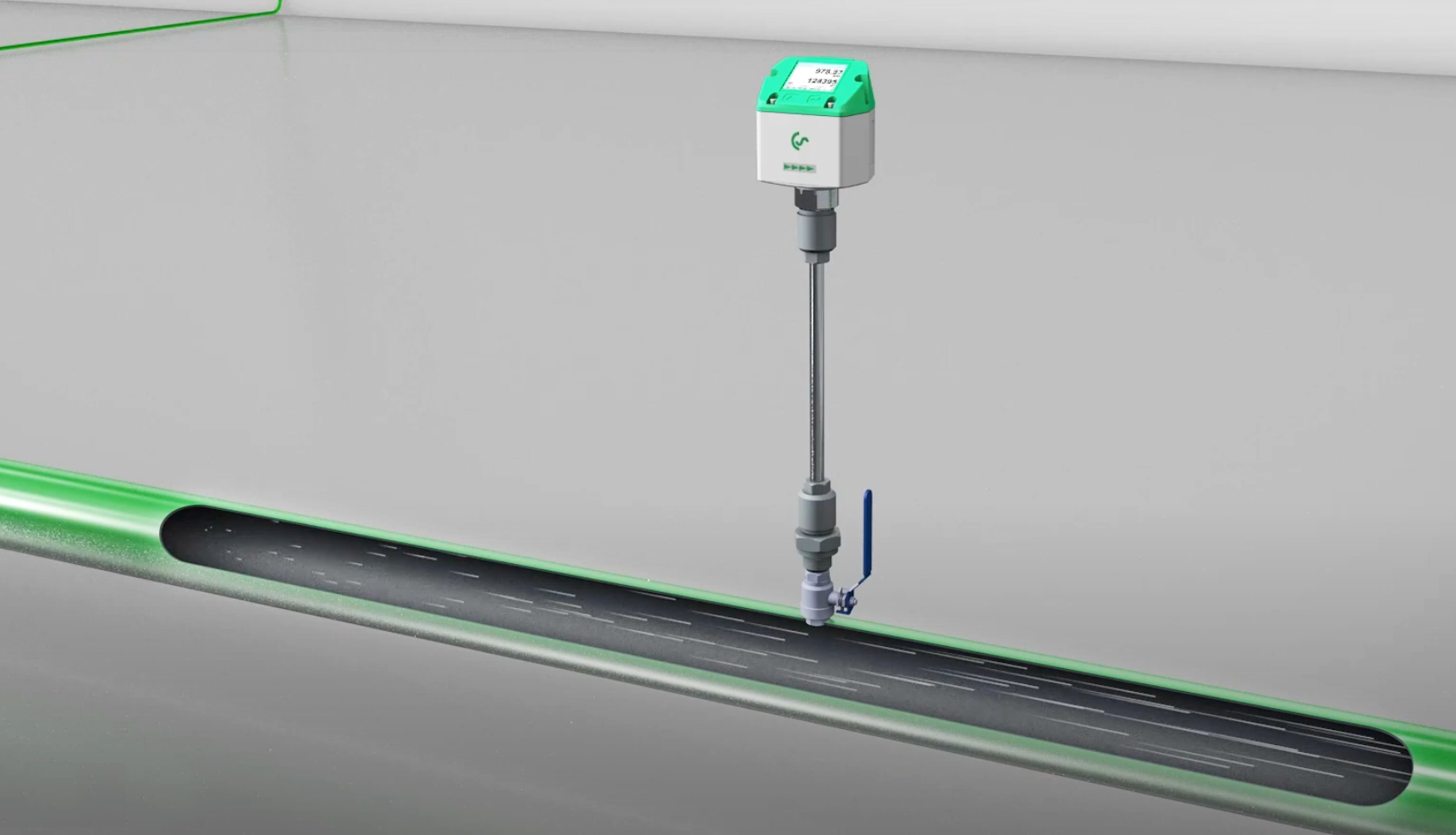Gas Flow Meters
User Guide for Gas Flow Meters
A detailed guide, practical examples, and selection tips will help you quickly understand how to use gas flow meters effectively. With the right approach, measuring gas flow becomes simple and accurate just like a professional.
What Is a Gas Flow Meter?
A gas flow meter is a device used to measure the flow of gas in pipelines or industrial systems. It is an essential tool for monitoring performance and quality across many fields, including industrial production, gas treatment, and HVAC systems.

Step-by-Step Guide to Using a Gas Flow Meter
Step 1: Select the Right Type of Meter
Identify the gas flow requirements, gas characteristics (clean or containing impurities), pressure, and temperature to choose the most suitable flow meter. For example, a turbine or ultrasonic meter is ideal for clean, high-speed gas. For highly accurate mass flow measurements in chemical systems, a Coriolis meter is recommended.
Step 2: Install the Meter
Mount the flow meter on a straight section of pipe with sufficient length before and after the device. Avoid bends or fittings that may disturb the flow. Ensure all connections are secure and follow the manufacturer’s instructions.
Step 3: Calibrate and Inspect
Calibrate the flow meter regularly to maintain accuracy. Check all connections, power supply, sensors, and display units to ensure stable operation.
Step 4: Read the Results
Start the meter and select the desired measurement mode (volume or mass). Read the gas flow values directly from the display or through the control system. This data can be used to optimize system operation or monitor processes. Some gas flow meters supplied by EMIN allow direct measurement of compressed air flow in production lines, helping improve overall efficiency.
Step 5: Maintenance and Cleaning
Clean the device regularly, especially when used in dusty or industrial gas environments. Replace damaged or worn parts according to the manufacturer’s instructions to maintain durability and measurement accuracy.
Common Types of Gas Flow Meters
1. Turbine-like compressed air flow meter
Among the gas turbine flow measurement solutions, one of the prominent models that EMIN is distributing is the Dwyer TFP-GV05. With a sensitive impeller, 0–5 VDC output signal and ±3% accuracy, this device is very suitable for monitoring clean air through long pipelines.
2. Ultrasonic flow meter
Emitting and receiving ultrasonic waves through the instrument, calculating based on the transmitted wave over time. Advantages: no obstruction to the air flow, no pressure, easy to install. Especially suitable for large pipeline systems in industry, where engineers prioritize benefits and efficiency.
For example: Jain Xonic 10G ultrasonic gas flow meter, ultrasonic transmission time principle (emitting - receiving ultrasonic waves and measuring time difference).
3. Thermal mass flow meter
Operates based on temperature changes when the instrument passes through the sensor. Suitable for measuring gas flows containing impurities, low flow gas. This type is popular due to its operation and ability to measure accurately in many different conditions.
See more at: Gas flow meter
In addition, EMIN also provides many different models of gas flow meters from prestigious brands in the world, suitable for a variety of needs from research, production to industrial system operation. Customers can easily refer to other product lines right on the EMIN website to choose the most optimal device for their application.
-
-
-
-
-
-
-
-
-
-
-
-
-
-
-
-
-
-
-
-
-
-
-
-